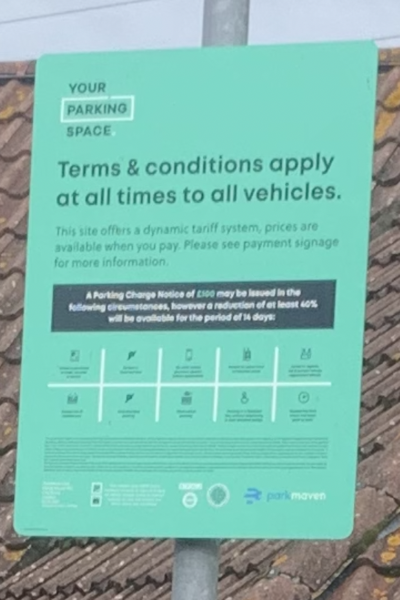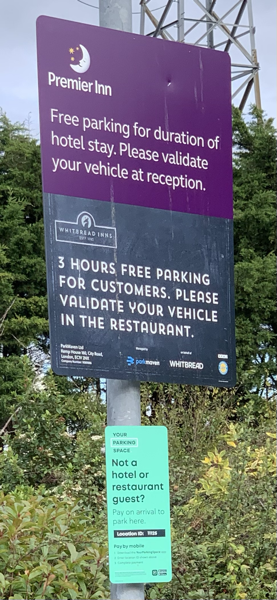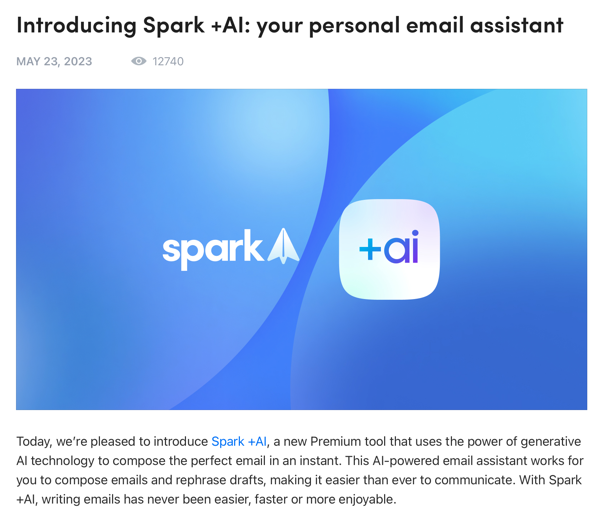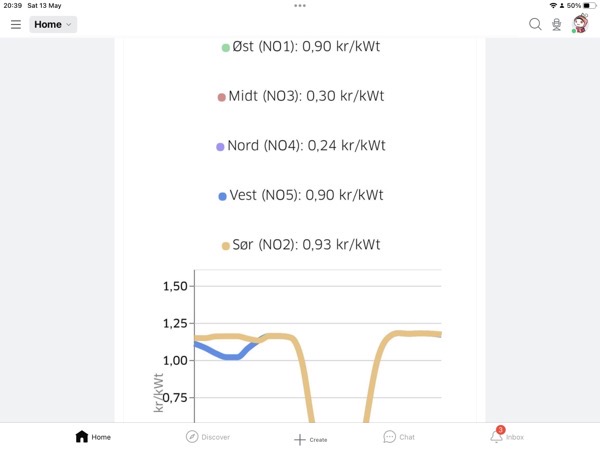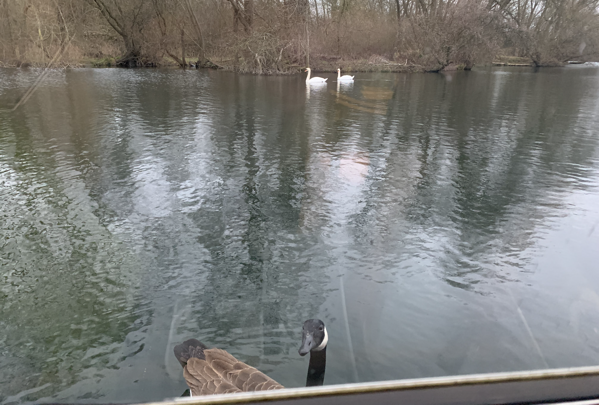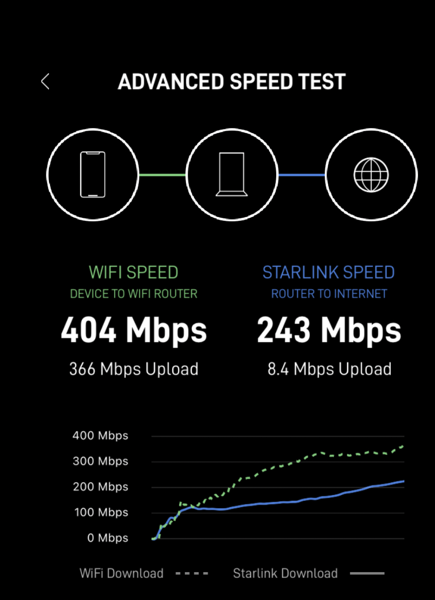Ruby on Rails (RoR) used to be one of the favourite frameworks for rapidly creating very coomplex websites. But RoR and Ruby has fallen out of favour with the majority of developers – at least until now.
Ruby 3 has been launched, as is back faster and better than ever, and on top of this Ruby on Rails version 7 was released, taking into account learnings from the best of the web development from the last 5-10 years.
I have always loved Ruby for UI-less programming, enjoying its flexibility to write the kind of software I enjoy writing, and I “feel” the momentum building to a place where I may be able to recommend Ruby to the kind of companies I work with and consult for.
A couple of weeks ago I got annoyed with the lack of good backend for a project I have been working on, and decided to see what I could do with RoR. And lo and behold I managed to crank out something that was reasonably good looking, fast and functional in one afternoon and evening.
Ok – this was not super complex, except for using MongoDb Serverless at the backend – which it looks like very few RoR/Ruby developers have embraced this so far, leading to a fairly steep curve when I movef from my locally hosted “standard” MongoDb installation to MongoDb Serverless running on Atlas. But I cracked it yesterday, and I must say I enjoy it.
MongoDb Serverless is extremely cost effective for development teams and Proof of Concept (POC) development – more about this in a later post.
But so far I’m inpressed by the combination or Rails and MongoDb Serverless.
